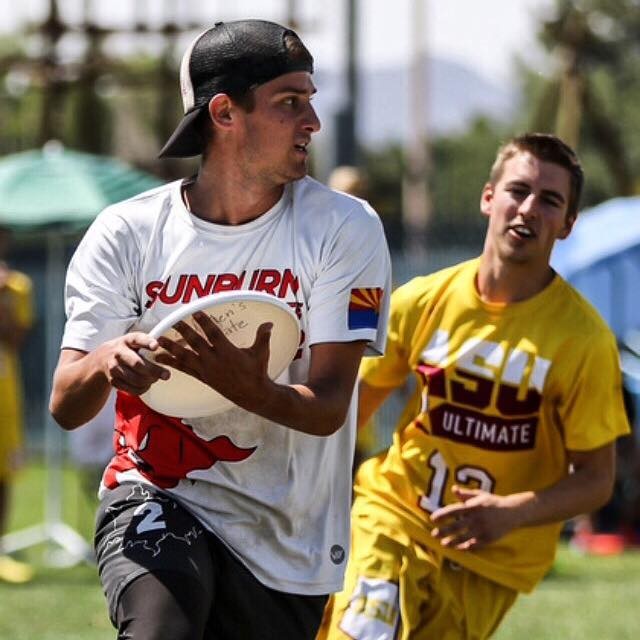The International Olympic Committee joined the ranks of Ultimate Frisbee proponents by officially recognizing the World Flying Disc Federation in August. The IOC’s recognition of Ultimate Frisbee’s governing body could eventually lead to the inclusion of Ultimate in the Olympic games.
Despite popular belief, Ultimate Frisbee is not simply a game for dogs. Athletes around the world have long recognized Ultimate as a bona fide athletic event, one that combines elements of football and soccer into a distinctive new sport.
In light of the IOC’s decision to recognize the WFDF, the time is ripe to dive into the sport science behind Ultimate Frisbee.
Given the unique aerodynamics of a flying disc, physics plays a critical role in the game of Ultimate. Incremental changes in the angle at which a Frisbee disc is thrown dramatically affect its flight path. Minute increases in wind speed can cause a Frisbee disc to fly 20 yards farther than it would in the absence of wind, and tiny shifts in wind direction can send one sailing in the direction opposite to where the thrower intended.
The flight path of a Frisbee disc can be simulated using mathematical models based on coefficients corresponding to aerodynamic forces. Among the forces, the two most significant are drag and lift. Since a disc rotates as it flies through the air, mathematical simulations of Frisbee disc flight paths must also account for parameters like torque and angular momentum.
There is a small but growing body of work regarding the physics of Frisbee disc flight paths, much of which centers upon defining relevant coefficient values.
Most of the work completed to date, however, assumes that each and every Frisbee disc flies in the same way. It ignores differences between brands of discs–differences that are immediately apparent even to the casual Ultimate Frisbee player.
Tom McClintock, a UA Physics graduate student, set out to fill the gaps in the current body of Frisbee disc literature.
Unlike previous research, McClintock focused on modeling the differences between different brands of flying discs.
“My project is to quantitatively differentiate between [flying discs],” McClintock said. “People have studied [flying discs] for a few decades now, but really the amount of analysis has been pretty light. People quote coefficients for these [flying discs] as if they’re the same, when obviously they’re not. Anyone who throws a Wham-O knows that it flies completely differently than a Discraft disc.”
It’s not just McClintock that sees a difference.
“The weight distribution of the two discs are supremely different,” says Zack Erlick, president of UA Men’s Ultimate Frisbee club. “The lips of Wham-O’s are way thicker and longer [than Discraft’s], which changes the grip and inevitably impacts the way the disc is thrown.”
McClintock, whose work centers on computational modeling, used synthetic data to model the flight paths of different types of discs. By entering this data into his analysis software, McClintock was able to visually recreate each flight path on a computer. Still, McClintock has a long way to go before he can call his research complete.
“I’ve done all the theory and analysis work [behind modeling the different flight paths],” McClintock said. “But what I don’t have is hard data from actual trajectories. … I created data that mimics a throw because the challenges to acquiring real data are limited by the equipment at hand. What I really need is tracking devices or good cameras.”
If sports scientists can successfully model subtle differences between Frisbee discs, McClintock believes that Ultimate Frisbee players will be able to perfect the motion of their throws. “If you can definitively pin down how a Frisbee [disc] works,” he explains, “that lets you go backwards and understand arm mechanics and throwing techniques.”
Better understanding these mechanics could help Ultimate Frisbee players minimize their risk of injury and maximize their ability to throw discs.
As the research into the physics of Frisbee disc flight paths continues to grow and evolve, Ultimate players will be able to toss discs harder, faster and farther than before. As Ultimate players improve their skills, the rest of the world should start preparing for an exciting Olympics.
Follow Elizabeth Hannah on Twitter.









